Break the Stereotypes: Women in Welding Industry
Dear readers, Welcome to our blog dedicated to celebrating and supporting female welders worldwide. We believe that women play a crucial role in this field, and we are here to provide valuable resources, insights, and inspiration to help you thrive in your career. Whether you are just starting or a seasoned professional, we hope you will find this blog a helpful and empowering resource. 💐
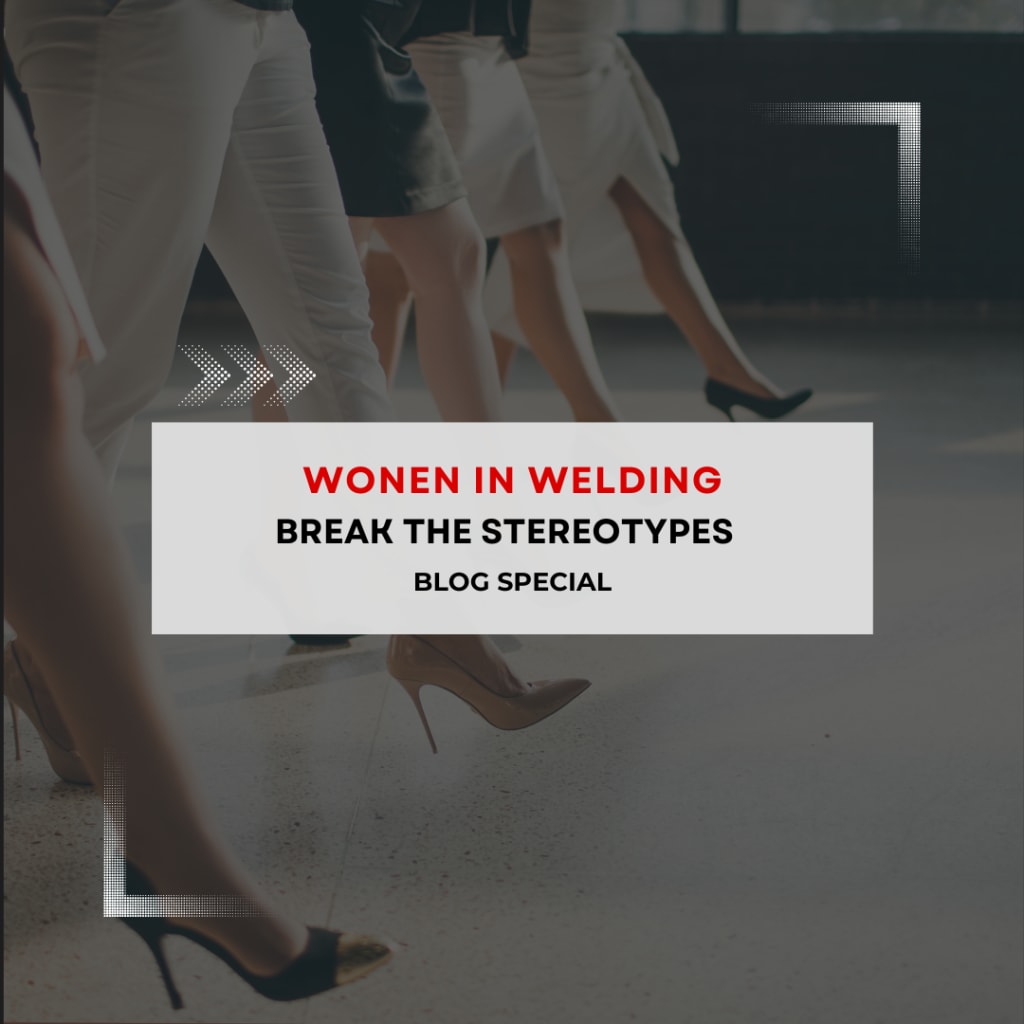
Let’s take a trip back in time and discover the fascinating origins of the heroines who paved the way for modern welding. Are you ready for an adventure through history?
Evolution of Female Welders
While welding was once male-dominated, more women are now pursuing welding jobs.
It’s essential to recognize that women have significantly contributed to welding for a long time. In fact, during World War II, they played an integral part in developing the American welding industry. Their hard work and dedication helped pave the way for future generations of female welders.
During World War II, women stepped up to fill essential roles in the workforce, including taking over jobs in the welding industry to build ships, airplanes, and other necessities. However, their incredible contributions helped make a significant impact on the war effort and inspire future generations of women to pursue their dreams and break down barriers.
Wow, this is truly remarkable, isn’t it?
Rosie the Riveter and Winnie the Welder
Do these two names sound familiar?
During World War II, American women played a vital role in the nation’s defence industries, working tirelessly to support the war effort.
One of the most iconic symbols of this movement is “Rosie the Riveter”, representing the millions of women who worked in factories and shipyards, building planes, tanks, and other essential equipment for the war. These ladies faced many challenges and overcame countless obstacles, breaking down barriers and paving the way for future generations of women in the workforce.
Today, Rosie the Riveter’s legacy reminds women of strength, resilience, and determination during one of the most challenging times in history.
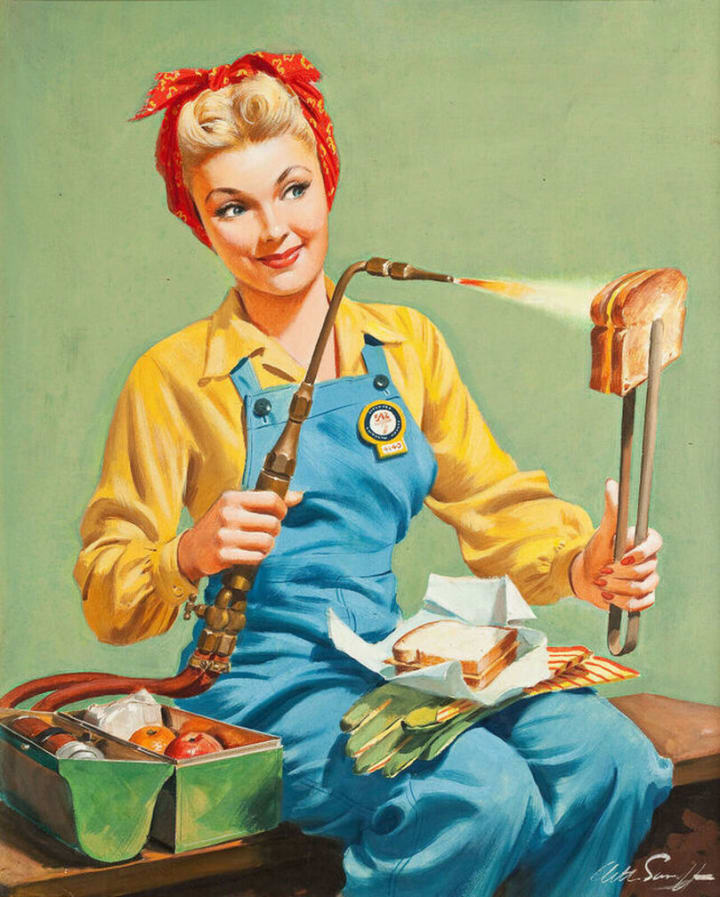
“Winnie the Welder“ also refers to a cultural icon and symbol of women’s contributions to the workforce during World War II.
The image of “Winnie the Welder” has become synonymous with recognising women’s capabilities in traditionally male professions. It represents the shift in societal perceptions towards gender roles and the significant impact of women in industries critical to the war effort.
Today, “Winnie the Welder” reminds us of the bravery and determination of women who paved the way for greater gender equality in the workforce. Their contributions during World War II were remarkable and will forever be an important part of history.
Who Was the First Female Welder?
It can be difficult to identify the first female welder in history due to incomplete historical records and the fact that many women contributed to various industries during wartime without receiving individual recognition.
However, in 1918, a lady named Erwin made history by becoming the first recorded woman in the United States to be employed as a welder in the industrial ship construction field. She was recruited by Hog Island, a prominent American shipyard, and was initially tested in the electric welding department.
Her exceptional performance led to her hiring, and she eventually opened up 30 more job opportunities for women in the company. Erwin’s pioneering work was a significant step towards gender equality in the welding profession, and her legacy continues to inspire women in the field to this day.
Women in Welding Industry Today
Women have made significant progress in the welding industry as of January 2022. Here are some key points about the current state of women in welding:
1️⃣ More women are pursuing welding careers than ever before despite the field still being perceived as male-dominated.
2️⃣Theyb hold various roles, such as welders, welding inspectors, welding engineers, educators, and business owners. They work in different sectors such as construction, manufacturing, aerospace, automotive, and more.
3️⃣ Educational institutions and training programs actively encourage young ladies to pursue welding careers by offering specialized training, scholarships, and support systems.
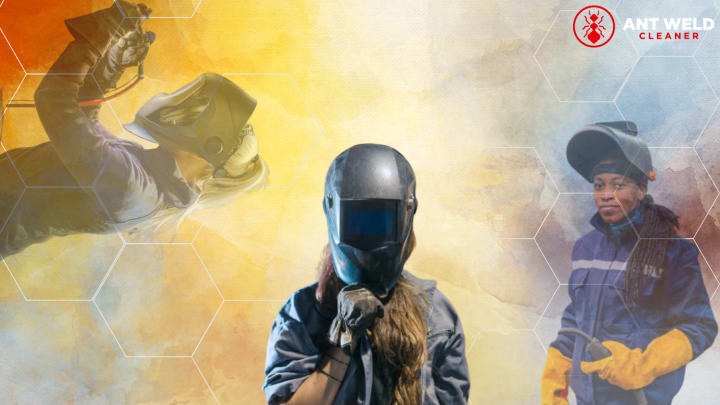
4️⃣ Advocacy groups, mentorship programs, and campaigns promoting gender diversity and inclusion within the industry support women in welding.
5️⃣ Female welders increasingly receive awards, accolades, and honors for their welding craftsmanship, innovation, leadership, and advocacy excellence.
6️⃣ Companies are implementing diversity and inclusion initiatives, promoting equal opportunities, and addressing gender biases to attract and retain talented female welders.
7️⃣ Female welders serve as role models and inspirations for aspiring women in the field.
The role of women in welding is becoming increasingly significant, and their influence is growing as well. Their contributions are invaluable in shaping the future of welding and advancing the industry as a whole.
Weld Like Girl
“Weld Like a Girl” is an inspirational movement that challenges gender stereotypes and promotes inclusivity in the welding industry. It empowers women to pursue their passion for welding with confidence and determination, breaking down preconceptions about certain skills or trades being gender-specific.
By celebrating the unique skills and attributes that women bring to welding, it encourages them to showcase their talents and expertise through various platforms and events.
The movement fosters a supportive community for female welders, providing networking opportunities, mentorship programs, and resources to help women succeed and overcome challenges in the welding industry.
“Weld Like a Girl” advocates for gender diversity and equality in the welding industry, raising awareness about the importance of creating inclusive and supportive environments where women can thrive and contribute their talents to the field.
“Weld Like a Girl” serves as a catalyst for change, inspiring women to pursue their dreams, challenge the status quo, and fearlessly pursue their passion for welding.
Women Who Weld
“Women Who Weld” is a dynamic organization that empowers ladies through welding skills training and employment opportunities. The organization firmly believes that welding can pave the way for economic independence and personal fulfilment and, therefore, provides comprehensive training programs, workshops, and support networks for women interested in careers in welding.
Through hands-on instruction and mentorship, Women Who Weld equips women with the technical skills, confidence, and resources they need to succeed in the welding industry. The organization fosters a supportive community where women can share experiences, exchange knowledge, and inspire others to reach their full potential.
Women Who Weld also collaborates with employers, educational institutions, and industry stakeholders to promote gender diversity and create opportunities for women to enter and advance in welding. By breaking down barriers and challenging stereotypes, Women Who Weld is paving the way for a more inclusive and equitable future in welding.
Whether women are seeking new career opportunities, looking to enhance their skills, or simply curious about welding, Women Who Weld provides a welcoming and empowering environment where they can thrive and succeed.
Why Welding is a Great Career Choice for Women?
The number of female welders is rising, indicating a positive change in the industry. More and more women are taking up welding and doing an excellent job. This trend will continue and become more prominent in the coming years, transforming the industry’s landscape.
Female welders possess several qualities that make them well-suited for the job. They are known for their attention to detail, essential in welding, where precision is crucial for creating strong and durable welds. Additionally, women tend to have patience, precision, and excellent hand-eye coordination, all of which are fundamental skills required in welding.
Problem-solving is another vital skill in welding; women are just as adept at it as men. Moreover, women have strong communication and collaboration skills, which are valuable in a field that often requires teamwork and communication.
Increasing diversity in the welding industry by including more women can bring diverse perspectives, ideas, and approaches, ultimately enriching the field.
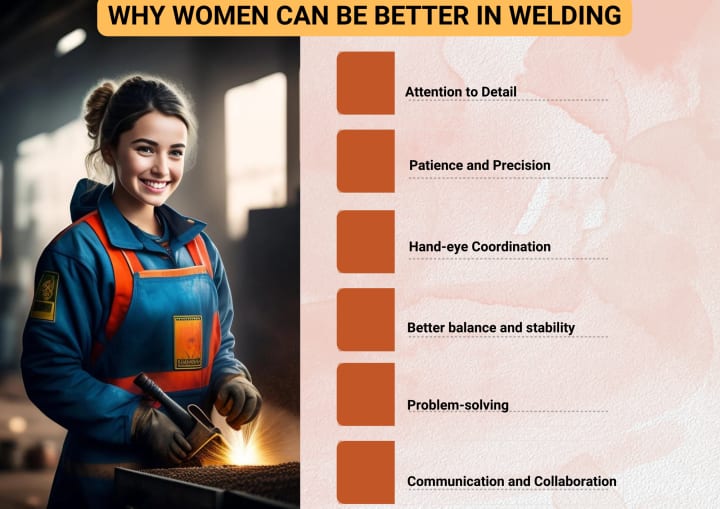
If your hands tremble, you need more than physical strength for precision work like TIG welding. Interestingly, women tend to perform better at this type of work than men since their hands are less prone to shaking. On average, men’s hands shake 1.3 times more than women’s, which can be crucial for precise manual operations. Additionally, men experience tremors 1.6 times larger than women at low force levels, highlighting the importance of hand stability for this type of work.
It has been observed that women tend to have better balance than men due to their innate ability to maintain stability. This is because women have a lower longitudinal centre of gravity, around 8% to 15% lower than men. Factors such as finger length, maximal voluntary contraction, and surface electromyography further improve women’s posture and stability. As a result, women can hold their balance for more extended periods.
Women of Influence Today
The welding industry is increasingly witnessing women making remarkable strides, emerging as influential personalities shaping their futures in impactful ways. Let’s take a moment to celebrate some of these inspiring women and their significant contributions.
Jessica Jelinek: Jelinek is a certified welder, welding inspector, and educator who passionately advocates for women in the welding industry. She founded Women Who Weld, an organization that provides training programs and support networks for women interested in welding. Her efforts have helped empower women and promote gender diversity within the industry.
Monica Pfarr: Pfarr is a skilled welder and metal artist who has gained recognition for her unique and intricate sculptures created through welding. Her artwork combines creativity, craftsmanship, and technical skill, showcasing the artistic potential of welding. Pfarr’s work has inspired other women to explore welding as a medium for creative expression and has helped elevate the visibility of women in the welding community.
Karen Daugherty: Daugherty is a welding instructor and industry expert who has devoted her career to advancing welding education and training. She has developed innovative teaching methods and curriculum materials to make welding more accessible and engaging for students from all backgrounds. Daugherty’s passion for teaching and her dedication to excellence have profoundly impacted the next generation of welders.
Emily Elert: Elert is a science journalist and writer who has covered various topics related to welding and manufacturing. Her articles and investigative reports have helped raise awareness of important issues facing the welding industry, such as workforce development, safety, and sustainability. Elert’s work has provided valuable insights into the challenges and opportunities facing women in welding and has sparked meaningful conversations within the industry.
Leah Coulter: Coulter is a welding engineer and researcher specialising in welding metallurgy and materials science. Her research has contributed to advancements in welding processes, materials, and technologies, improving the performance and reliability of welded components in various applications. Coulter’s expertise and innovation have made her a respected figure in the welding community and a role model for aspiring female engineers and scientists.
These women inspire and influence the welding industry with their expertise, leadership, and devotion to excellence. They promote diversity and innovation and ensure the continued success and sustainability of the profession.
Conclusion
Women have made significant contributions to the welding industry in recent years. They have challenged stereotypes, broken down barriers, and become increasingly influential in the field.
Through their skills, creativity, and determination, women are shaping the future of welding. They are driving innovation, promoting diversity, and inspiring the next generation of female welders. As the industry continues to evolve, the valuable contributions of women in welding will play an essential role in advancing technology, enhancing safety, and ensuring the continued success and sustainability of the welding profession.

About the Creator
Ant Weld Cleaner
Explore the world of welding with our informative and innovative blogs! Stay up to date with the latest developments.
Say yes to NON-TOXIC technology!
Enjoyed the story? Support the Creator.
Subscribe for free to receive all their stories in your feed. You could also pledge your support or give them a one-off tip, letting them know you appreciate their work.


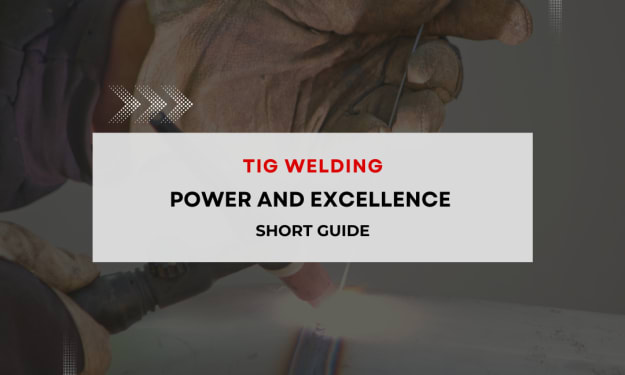



Comments
There are no comments for this story
Be the first to respond and start the conversation.